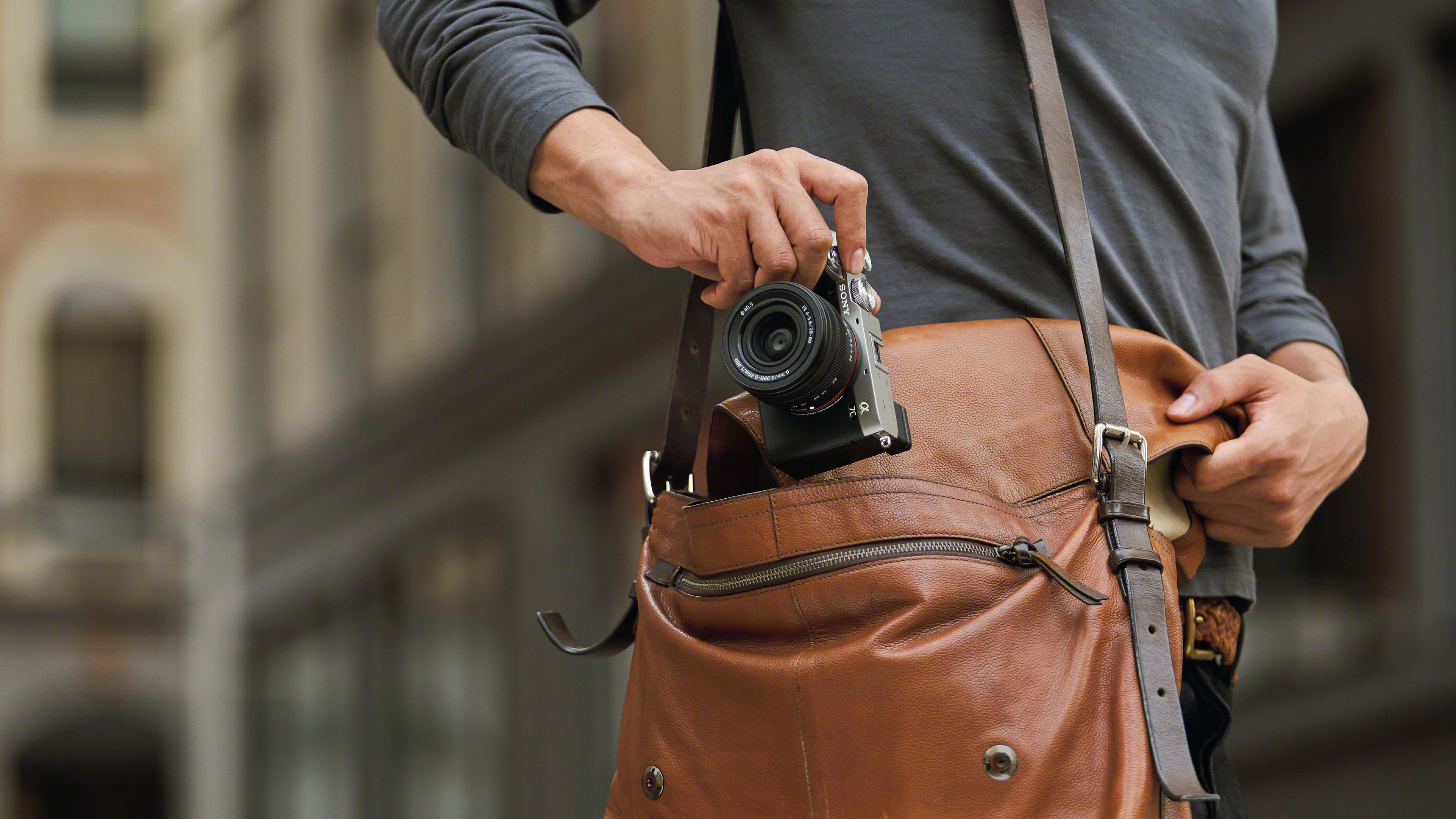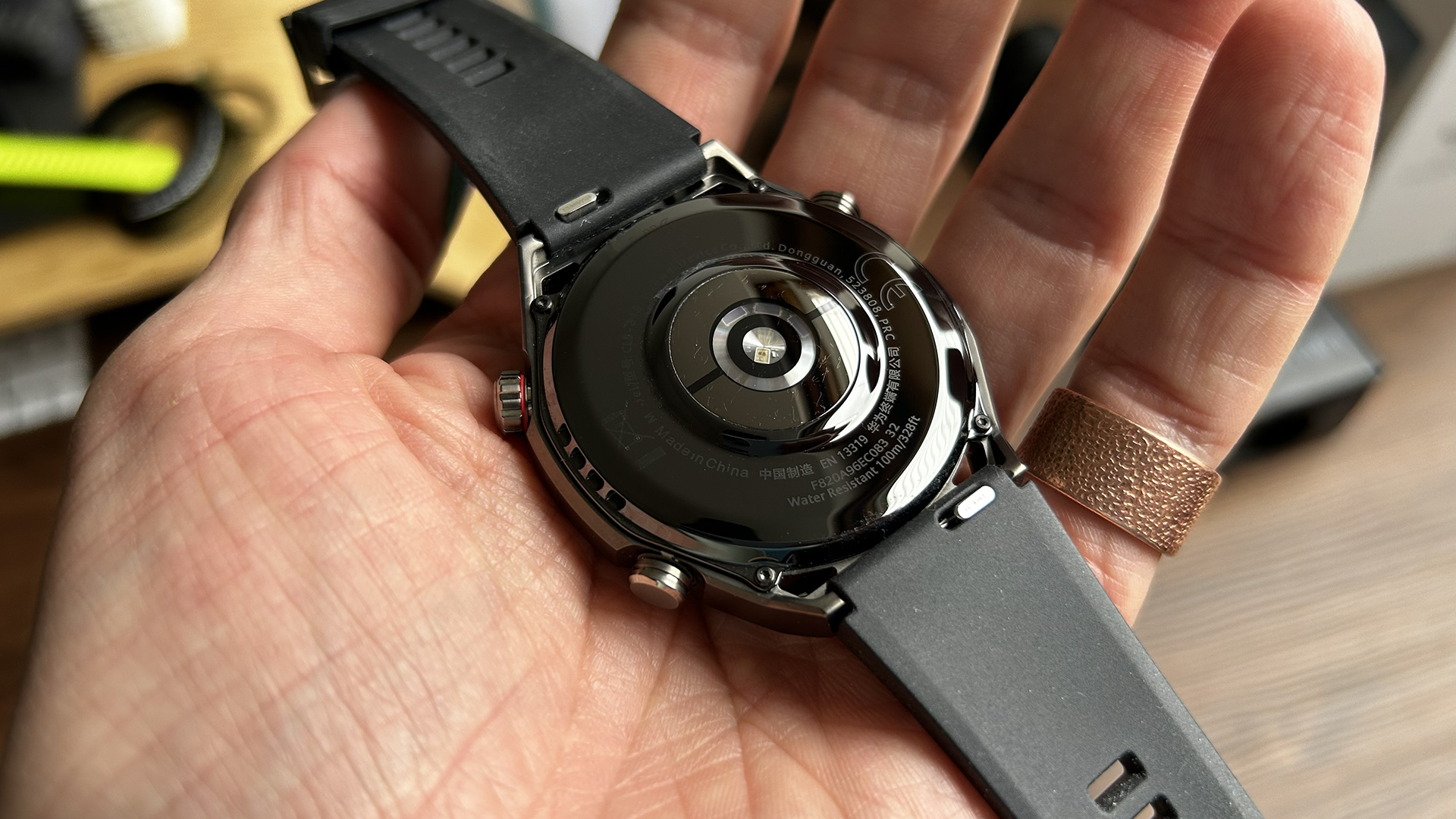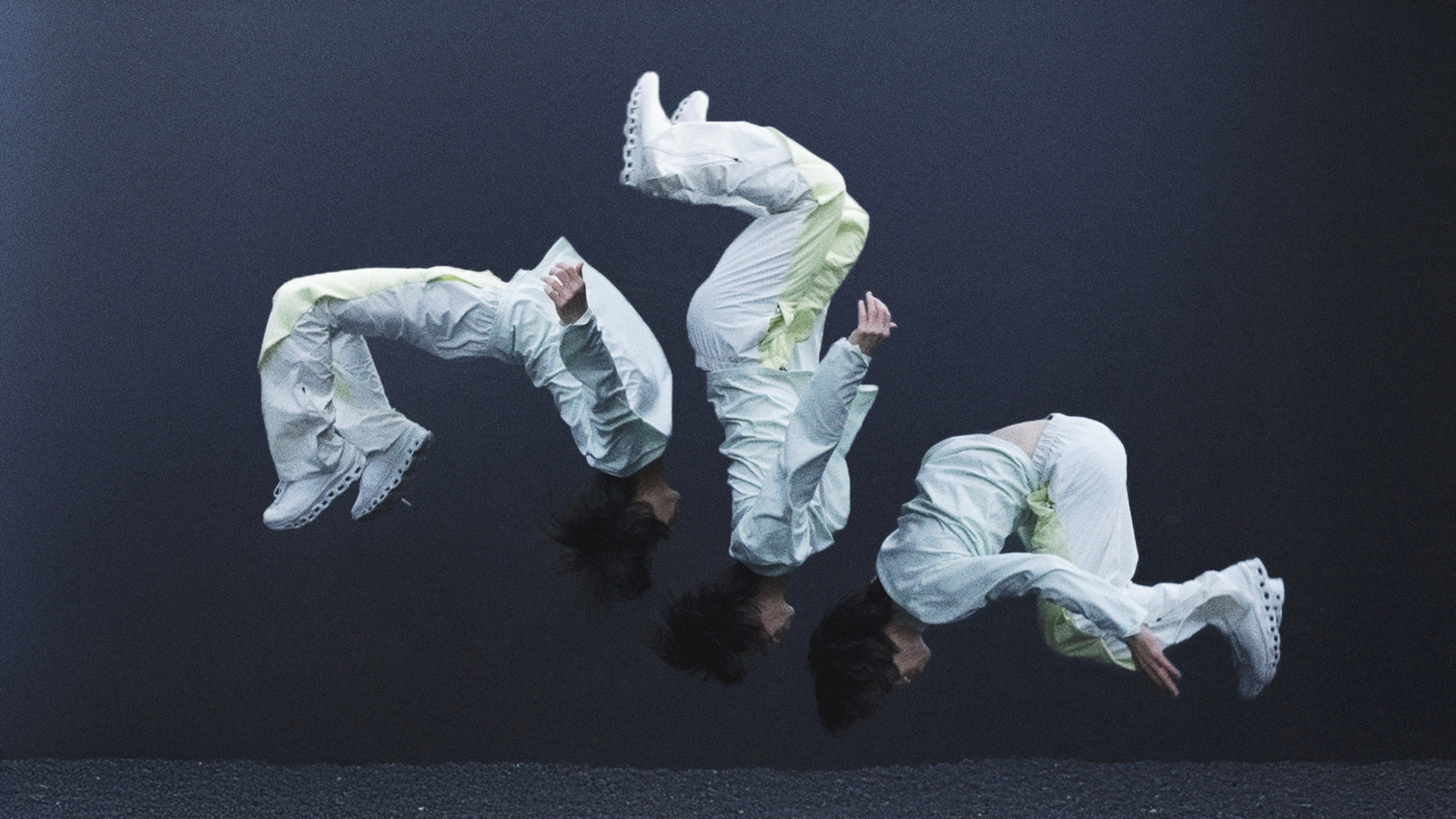

Whether it's on my smartphone or mirrorless camera, I love taking pictures. It's a great hobby that allows you to be creative, get out and about, and, most importantly, record memories and events.
If you've recently switched from taking images on your phone, to using a proper camera (such as those found in our best compact camera guide or best DSLR guide), then there are a lot of new settings and features you'll need to get your head around. It's very likely they will be making some common mistakes. I've been lucky to spend a lot of time with different cameras over the years, and there are some basic tricks I've learnt over that time that I really wish I'd known when I first started taking pictures.
I'm guessing these simple tricks will be useful for other people too, and, as such, here are the mistakes you can easily avoid in order to make when taking pictures.
1. Leaving your camera on the Auto setting
Always having your camera on the Auto settings is one of the most common camera mistakes I've seen. The truth is, while the Auto setting will help you easily capture good images, it will stop you from learning how your camera works. It also takes away some creative control you have over your images.
Instead, you should use Aperture or Shutter Priority, or go fully manual. You'll master these settings in no time, and begin to learn about light, exposure, and composition.
2. Always shooting with a wide open aperture
This is certainly a mistake I've made before (and sometimes still make). When you get a new camera or new lens, you'll get the desire to shoot with a wide open aperture all of the time. This is to get that shallow depth of field, creamy bokeh and a 'professional' look to images that you just can't get with smartphone cameras.
It's important to use an aprature that appropriate to the scene or subject you're shooting. So if you're taking pictures of a person, you'll want to make sure all of the facial images are in focus while the background is blurred, while if you're shooting landscapes you'll want a small aprature to make sure everything is in focus.
Sign up to the T3 newsletter for smarter living straight to your inbox
Get all the latest news, reviews, deals and buying guides on gorgeous tech, home and active products from the T3 experts
3. Over exposing the image
Now that you're shooting in Manual mode like a professional it's up to you to get the perfect exposure. Ideally you'll want an image that's not too dark and not too light, but that's not always possible.
Underexposed and overexposed photographs are sometimes unavoidable. You need to ensure your main subject is well exposed - you can forget about the background if you need to.
If you have to choose between underexposing and overexposing, then you should usually opt for underexposing as it's easier to pull out details from shadows in Photoshop.
If you're going on holiday, then checkout the best cameras for travel.

As the Style and Travel Editor at T3, Spencer covers everything from clothes to cars and watches to hotels. Everything that's cool, stylish, and interesting, basically. He's been a part of T3 for over seven years, and in that time covered every industry event known to man, from CES and MWC to the Geneva Motorshow and Baselworld. When he's driving up and down the country in search of the greatest driving roads, he can be found messing around on an electric scooter, playing with luxury watches, or testing the latest fragrances.
-
 Quietly, this Chinese brand built one of the most comprehensive health wearable systems in the world
Quietly, this Chinese brand built one of the most comprehensive health wearable systems in the worldWith the launch of the Distributed Super-Sensing Module, Huawei returns to the top of the wearable market in top form
By Matt Kollat
-
 6 offbeat products from premium outdoor and fitness labels you didn't know existed
6 offbeat products from premium outdoor and fitness labels you didn't know existedWho would have thought these products existed?
By Matt Kollat